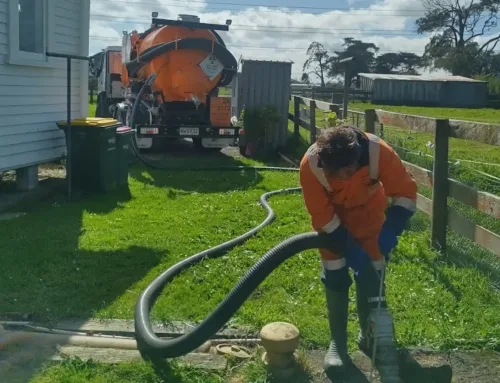Little Known Facts About Reclaim Waste.
Little Known Facts About Reclaim Waste.
Blog Article
The Reclaim Waste PDFs
Table of ContentsSome Known Details About Reclaim Waste Everything about Reclaim Waste4 Easy Facts About Reclaim Waste ShownThe Single Strategy To Use For Reclaim WasteFascination About Reclaim Waste
Domestic sewage waste refers to the waste and items from a residential septic container. The appropriate administration and disposal of residential sewage waste need liquid waste to be transferred to a sewage therapy plant where the proper approaches and tools are applied to detoxify and dispose of waste.
Commercial waste typically includes prospective threats, such as combustible materials or a combination of fluid and solid waste items, and calls for an advanced and in-depth disposal procedure. The disposal of commercial waste usually entails the purification of waste before transportation to make sure secure and correct disposal. Hazardous waste is created from by-products and drainage of commercial procedures and production.
This kind of waste can not use the exact same sewer monitoring transport or procedures as septic or business fluids. The commercial waste administration procedure requires the examination and testing of fluid waste before it undergoes the disposal process (liquid waste removal). Drainage waste is the fluid waste that originates from drainage and excess stormwater in very populated areas or cities
Overflow waste can create contamination and flooding if not handled appropriately. Ensuring correct waste administration can stop calamities and lower environmental injury.
The Single Strategy To Use For Reclaim Waste
Call PROS Solutions today to discover concerning our waste management and disposal services and the correct ways to look after the fluid waste you generate.
(https://share.evernote.com/note/7e2c20e2-4e08-1523-1aa2-d06cf7e27761)This so-called 'wastewater' is not just a vital resource however, after treatment, will certainly be launched to our land, rivers or the sea. Used water from bathrooms, showers, baths, kitchen sinks, laundries and commercial procedures is understood as wastewater.

water utilized to cool machinery or tidy plant and tools). Stormwater, a form of wastewater, is overflow that moves from farming and metropolitan areas such as roofing systems, parks, yards, roads, paths and gutters into stormwater drains, after rain. Stormwater moves unattended straight to local creeks or rivers, at some point getting to the ocean.
How Reclaim Waste can Save You Time, Stress, and Money.
In Queensland, the majority of wastewater is dealt with at sewage therapy plants. Wastewater is transported from residential or industrial sites through a system of drains and pump stations, known as sewage reticulation, to a sewer therapy plant.
The Division of Natural Resources advises city governments about managing, operating and maintaining sewerage systems and therapy plants. In unsewered locations, neighborhood federal governments might require owners to mount private or home sewer therapy systems to treat domestic wastewater from toilets, kitchens, shower rooms and laundries. The Department of Natural Resources authorizes using home systems when they are shown to be efficient.
In some new communities, treatment of some stormwater to remove trash, sand and gravel has actually begun using gross toxin traps. Wastewater treatment takes place in four phases: Eliminates solid matter.
Wastewater then moves into huge storage tanks where solids clear up and are eliminated as sludge. Oil and scum are skimmed from the surface area. Utilizes little living organisms recognizes as micro-organisms to damage down and get rid of staying liquified wastes and official statement fine fragments. Micro-organisms and wastes are incorporated in the sludge. Eliminates nitrogen and phosphorus nutrients that could trigger algal blooms in our waterways and intimidate water life.
Top Guidelines Of Reclaim Waste
Nutrient elimination is not available whatsoever sewer treatment plants because it requires expensive specialized equipment. It is becoming much more common in Queensland. Clear liquid effluent produced after treatment might still include disease-causing micro-organisms. If this effluent is released into waterways such as rivers or the sea, the micro-organisms will at some point die out.

The majority of wastewater flows into the sewerage system. Under the Act, neighborhood federal governments carry out approvals and permits for eco relevant activities (ERAs) entailing wastewater releases that could have a local impact.
Reclaim Waste Can Be Fun For Anyone
Otherwise, samples are taken for laboratory evaluation. Usually lots of tests are needed to develop the levels of each of the various pollutants such as oils, heavy steels and chemicals in water. Tracking gives valid details regarding water quality and can verify that permit problems are being met. The details obtained via surveillance provides the basis for making water high quality choices.
Report this page